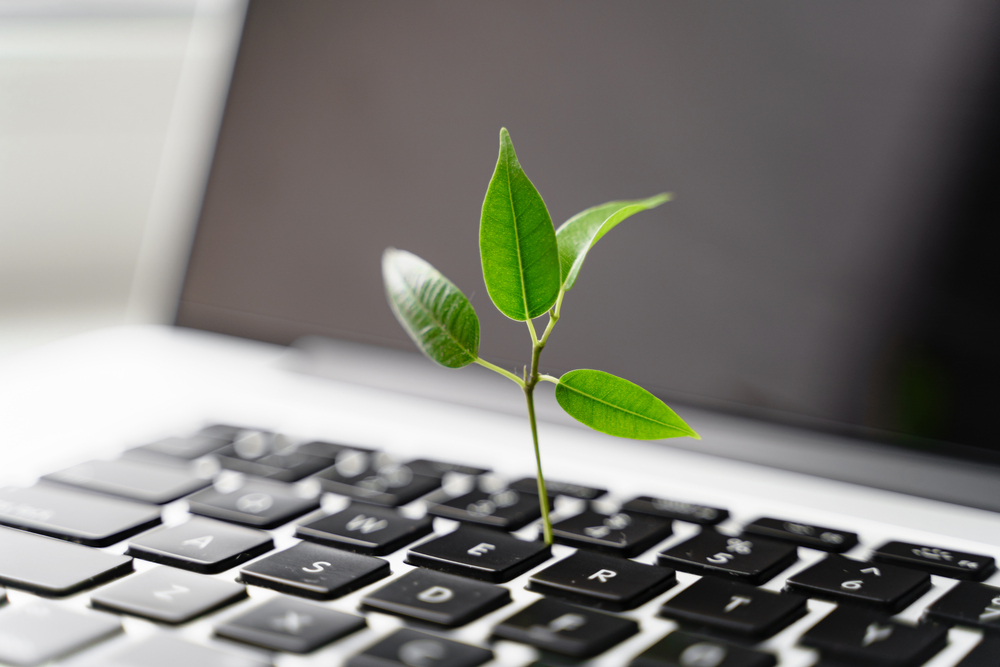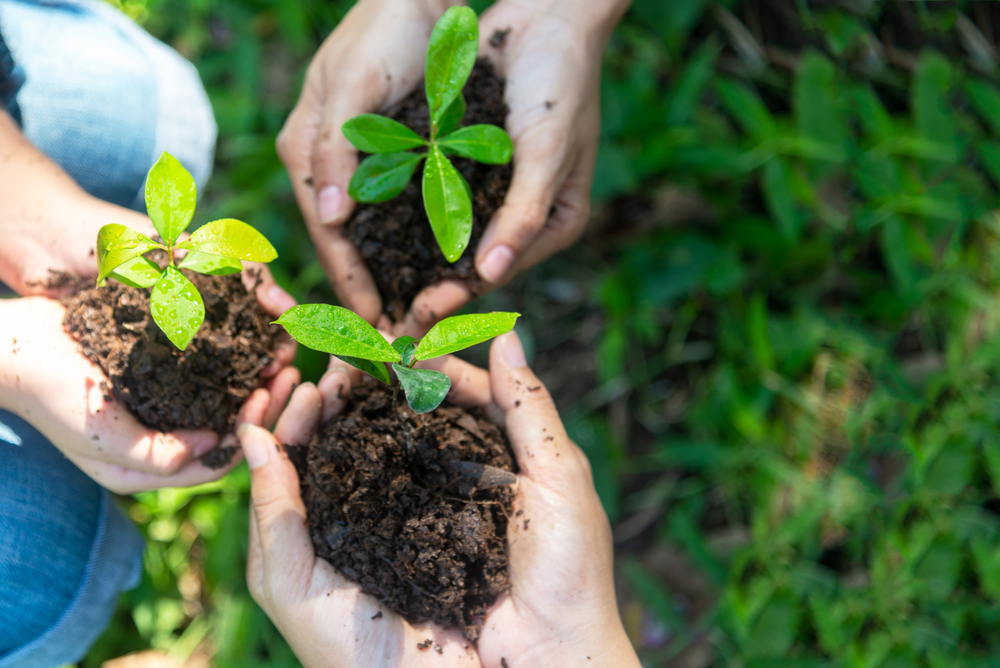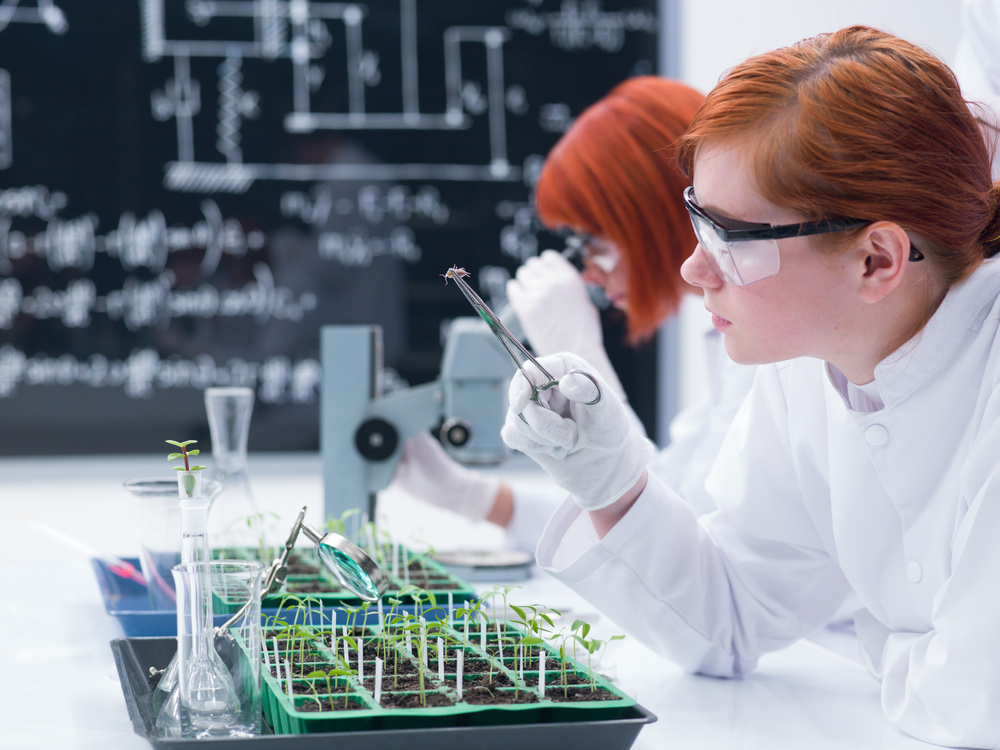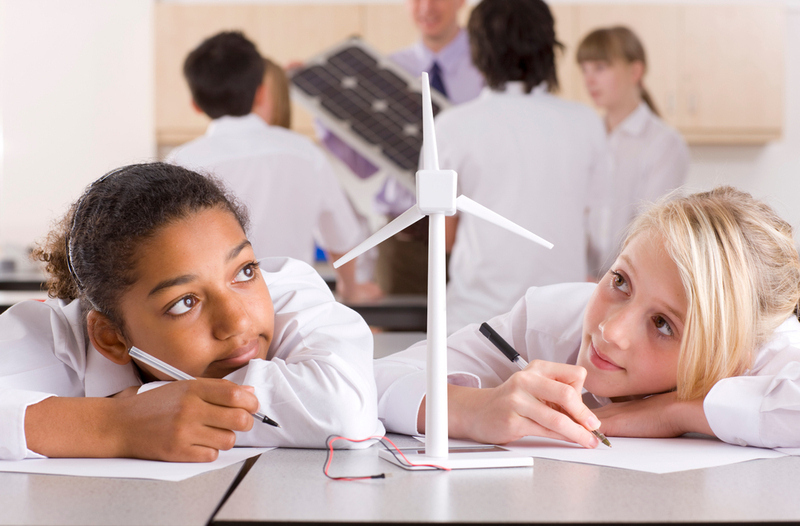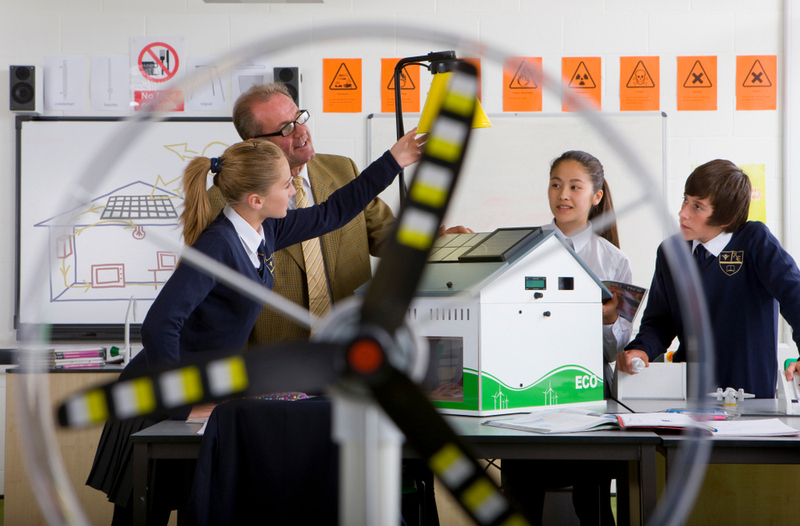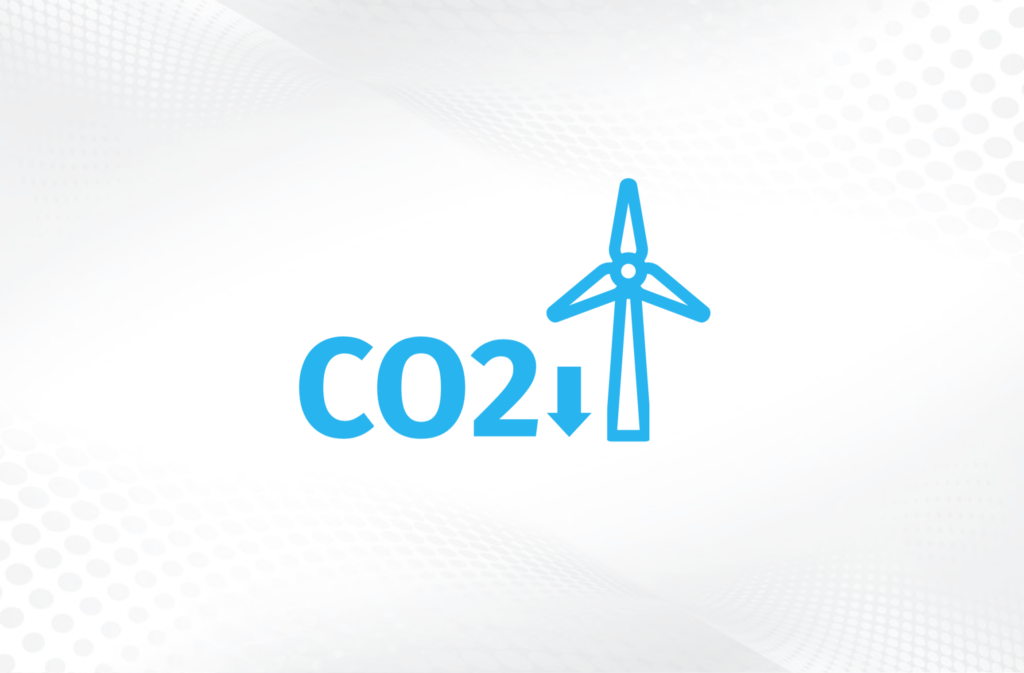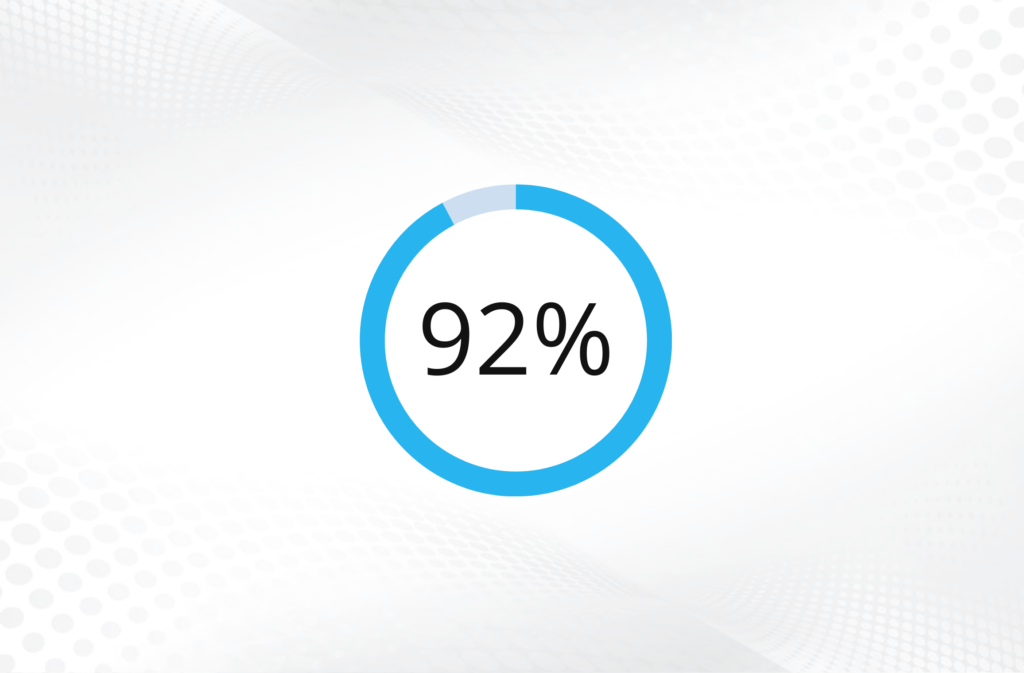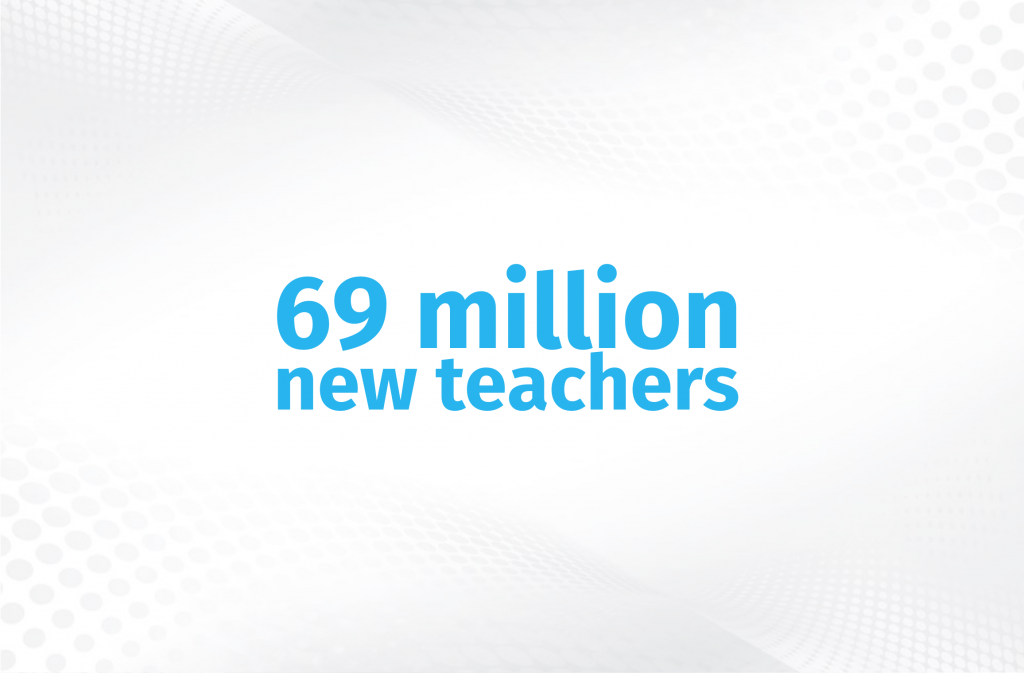Sustainability
Sustainable development is more important than ever. Sustainability encompasses how natural systems work, continue to be diverse, and provide everything needed for the environment to remain in balance – now and in the future. If we don’t make more sustainable choices, we will be unable to maintain Earth’s ecosystems and continue to function as we do. If we carry on with our overconsumption and all of our harmful processes, we will likely run out of fossil fuels, the environment will be damaged beyond measure, and more and more animal species will become extinct and ecosystems destroyed. If we want to breathe clean air and live in nontoxic atmospheric conditions, use replenishable resources, and continue to drink clean water, we will need to focus on sustainability. And all of this begins at school. As Ashley Dittman writes for Pearson Education: “Sustainability is important to study even if you aren’t an environmental science major. Business majors need to learn about sustainability because it aids in attractiveness to customers and fulfilling corporate social responsibility. Agriculture, nutrition, and public health students need to focus on sustainability in order to learn how to feed a growing population nutritious and quality food. Education majors spread the knowledge of sustainability to the next generation so they can lead change. Every major has a connection to sustainability.”
According to UNESCO (the United Nations Educational, Scientific and Cultural Organisation), “education for sustainable development (ESD) empowers people to change the way they think and work towards a sustainable future.” The concept of sustainable education really entails a cultural shift in how we understand education and learning. It implies systemic change in thinking and practice, informed by more ecological thinking and values. Sustainable education is responsive to the new systemic conditions of complexity and uncertainty. It nurtures the increasingly important qualities of creativity, self-reliance, adaptability, resilience, and hope in learners. The principles of education for sustainable development encompass respecting and caring for life in all its diverse forms. This includes protecting and restoring the earth’s ecosystems, respecting human dignity and human rights, respecting the rights of future generations, and respecting cultural diversity.
In practice, ESD includes equipping people, especially the youth, with the understanding, skills, knowledge, and values needed to create a sustainable world, ensuring environmental conservation and protection, and encouraging economic sustainability. ESD addresses themes like citizenship, climate change, sustainable consumption, justice, human rights, poverty alleviation, peace, ethics, democracy and governance, corporate responsibility, gender equality, biological diversity, and natural resource management. Educational facilities have many opportunities to include and promote sustainable development and can assist students to become environmentally and socially responsible citizens. It is also important for the educational facility to set an example by implementing sustainable energy and water sources, and focus on the use of sustainable materials and practices as well as recycling efforts. Furthermore, it requires the development and implementation of learning and teaching methods that empower and motivate learners to take action for sustainable development, and encourages competencies like imagining future scenarios and developing critical thinking and collaboration skills. The comprehensive concept of sustainability basically consists of three main focus areas: environmental sustainability, economic sustainability, and social sustainability.
Environmental sustainability
Where Earth’s environmental systems are kept in balance, ecological integrity is maintained, and we consume our natural resources at a rate where they can replenish themselves. Education for environmental sustainability could consist of environmental education that implements eco-friendly practices that encourage environmentally responsible behaviour. For instance by introducing environmental themes into school subjects, by creating awareness around energy and water saving, by teaching students to be mindful about the use of natural resources, by encouraging the sharing and recycling of items, and by teaching students to identify factors that influence their attitudes and consumption habits.
Economic sustainability
Where human communities worldwide can maintain their independence and have access to the financial (and other) resources they require to meet their needs. Secure livelihoods are available to everyone and economic systems are intact. Education for economic sustainability could encompass teaching the concepts of responsible purchasing and making connections between product choices and their economic impacts. Learning environmental economics and sustainability concepts requires an understanding of how natural systems work, and the ability to identify how social and economic activity depend on that system, or affect or alter that system. It will be important to articulate the relationship between our economy, global issues, the environment, poverty, and war, and to examine the ethical implications of these concepts and the possibilities for reform.
Social sustainability
Where basic necessities and universal human rights are attainable by all people, and everyone has access to enough resources to keep families and communities healthy and secure. Healthy communities have fair leaders who ensure personal, cultural, and labour rights are respected and all people are protected from discrimination. Education for social sustainability could include fostering a deeper understanding of the relationships between nature, people, and the economy, and include important themes like global citizenship, human rights, cultural diversity, inclusivity, and justice. The curriculum could encompass educational material that focuses on ways to break the cycles of exclusion, inequality, and poverty, and transform societies for holistic advancement.
Where Earth’s environmental systems are kept in balance, ecological integrity is maintained, and we consume our natural resources at a rate where they can replenish themselves. Education for environmental sustainability could consist of environmental education that implements eco-friendly practices that encourage environmentally responsible behaviour. For instance by introducing environmental themes into school subjects, by creating awareness around energy and water saving, by teaching students to be mindful about the use of natural resources, by encouraging the sharing and recycling of items, and by teaching students to identify factors that influence their attitudes and consumption habits.
Sustainability preserves natural resources for future generations, protects our ecosystem, and improves the quality of our lives. Practicing sustainability ensures that we make ethical choices that lead to a safe and liveable future for everyone. As we need to lead society towards a sustainable future, education for sustainable development is becoming increasingly important. The urgent need for sustainable development calls for educational institutions to assume moral and fundamental responsibility to contribute to sustainable development. By educating leaders and advancing knowledge, educational institutions can become pivotal in sustainability excellence and innovation, and assume the role of moral visionaries.
With a global population of 7 billion people and finite natural resources, individuals and societies need to learn ways in which they can live together sustainably. It’s important to take responsible action based on the knowledge that the things we do today will have implications on future generations and our planet. Education for sustainable development aims to empower people to change their mindsets and work towards a sustainable future. Ajita Nayar, education manager at Emirates Wildlife Society, a part of the World Wildlife Fund, says: “It can create a better world for current and future generations, and of all living things on earth. And by doing so, we are equipping every child to acquire the knowledge, skills, attitudes and values necessary to solve societal problems and shape a sustainable future”.
It’s important for sustainability to be incorporated within existing core subjects, such as maths, science, and even art. This will enhance learners’ grasp of environmental issues and potential solutions, as well as their ability to learn how this could apply to various contexts and industries. Education for sustainable development also offers personal development and life skills, such as communication, management, and leadership. These valuable skills can encourage students to live their lives with respect for the environment to benefit humanity and care for our planet, irrespective of their career path or background.
To get started with creating the learning environments of the future, we need to analyse what tomorrow’s learners need. We need to take into consideration that the students of today have frames of reference, starting points, experiences, and knowledge that never existed before. We will also need to determine what constitutes a well-functioning, sustainable learning environment and cater for the fact that the decisions we make today will have an impact for many years to come. And while there is no one correct approach to education for sustainable development, there is the broad consensus that a transition towards participative and experiential educational methods is required, engaging learners, and making a real difference in their way of thinking and ability to act. Key elements could include critical reflection, discussion groups, systemic thinking, and analysis using real-world case studies, project-based learning, participatory learning like peer or group learning, envisioning of the future, and collaborative learning. Another approach is to make the educational facilities themselves as sustainable as possible – to set practical, real-life examples of what sustainability entails.
Nan Hua High School, Singapore
The Nan Hua High School in Singapore has a dedicated sustainability module for its students, called ‘Sustainable Environment Education’. This involves taking the students on excursions to learn about their nation’s biodiversity through a ‘River Safari’ and through nature documentaries. They learn about the effects of climate change on the conservation of wildlife, how to evaluate the effects of human activity on the environment, and initiate environmental campaigns at school to showcase what they’ve learned and raise awareness.
School leaders also engage in an annual tree-planting event, in collaboration with the Singaporean National Parks Board. The school also has an Innovation and Environment Education Committee, along with a Values-in-Action Committee, who jointly arranged to get the school’s secondary students to start planting vegetables at home. These would then be harvested and distributed to the community. The school also has recycling initiatives, such as adapting used cartons into eco-friendly lanterns. For its efforts, the Nan Hua High School was awarded the International Green Flag Award this year, presented by the World Wide Fund for Nature (WWF).
Adlai E. Stevenson High School
Another American school that has taken steps towards more sustainability and resource conservation is the Adlai E. Stevenson High School, which is part of the newly formed District 125. This district has developed campaigns and formalised support for the reduction of the school’s environmental footprint. This has included initiatives to increase the amount of recycling done at the school, reducing the amount of paper used, and further purchasing analyses to identify areas for potential improvement.
The school has also started installing green roof areas, photovoltaic panels, daylighting controls, and a solar thermal array. Adlai E. Stevenson High School has also pursued internal renovation projects, and is teaching students about the merits and benefits of sustainability. The school has two stormwater retention ponds and an outdoor stadium with an artificial turf field. The water captured by the stormwater ponds is used to irrigate all of the school’s natural fields, and native tree and bird species grow and congregate around these ponds, which can be a source of learning for students.
Thousand Oaks High School
In partnership with Schneider Electric, the Thousand Oaks High School has been constructing a novel Sustainable Outdoor Learning Environment (SOLE), which is a solar-powered classroom that is outdoors, and equipped with all of the necessary equipment for teaching activities to proceed therein. It has battery storage for the excess electricity generated by the solar panels, meaning that it is self-sufficient in terms of its energy usage.
It is designed to be an innovative alternative to the traditional classroom, with a unique design that optimises ventilation and air quality. It also gives students access to a new learning environment that is a learning experience in and of itself. It will be used for specialised courses, STEM-related studies, and certain day or evening events.
Currie Community High School, Scotland
In Scotland, the Currie Community High School is part of a new generation of carbon-neutral schools, despite being fully equipped with a public library, allotments, and a swimming pool. These are all integrated alongside the school’s ‘flexible, healthy learning spaces’. The Currie Community High School was developed with input from the local community, and seeks to pair a progressive educational approach with a carbon-neutral commitment.
However, the school is still designed with a modern education in mind. The firm behind the school’s design is Architype, a UK-based sustainable architecture company that specialises in Passivhaus building – a sustainability standard that maximises comfort while minimising energy requirements for heat and cooling. The principles are based on those developed by the Passivhaus Institute in Germany, and certified in the UK by the Passivhaus Trust. This was the guiding principle behind the design of the Currie Community High School, which has a mix of personal retreat spaces and social areas, including ‘a mix of campfire, watering hole and cave spaces throughout the school’.
One of the challenges in implementing curricula for sustainable development is the lack of a systematic approach. Firstly, educators are often influenced by their own subject traditions. For instance, science teachers are grounded in the empirical tradition, with lectures being the most common teaching method used. Many language teachers do not include sustainable development issues in their curricula at all. Social science educators, however, appear to be most comfortable and familiar with an ESD approach. Other common obstacles seem to be that teachers lack the necessary expertise or inspiring examples on how to include sustainable development topics in their lessons. Furthermore, educators are often unfamiliar with each other’s work and good ideas are often not distributed or shared.
It is therefore important for educational institutions to create opportunities for educators to collaborate on ESD, to provide training, and to have an ethos in educational facilities that enthusiastically supports the development of ESD. The curriculum the school follows, as well as the interest and effort shown by senior management in encouraging whole school engagement, is instrumental. For education for sustainable development to be most effective, structures need to be reconfigured to allow cross-sectoral and collaborative thinking, as well as synergy across subject specialties. But as educational structures often fail to support interdisciplinarity and sometimes actively work against it, this is one of ESD’s greatest challenges.
In addition, educators will need to address several questions related to ESD programmes. For instance: How can we organise learning activities so that students need to set goals? How can organised learning activities support students to consolidate deep knowledge? We will require anticipatory education that recognises the new conditions that present and future generations are facing and will face – economic vulnerability, endemic poverty, global warming, extinction of species, social fragmentation, and migration; but also ethical business, participatory democracy, green purchasing, and the rise of localism.
Another challenge is bridging the gap between what learners learn from their parents and what they get taught in school. If what is learned about sustainability at school, such as recycling, is not supported at home, the learner will receive conflicting messages which can sabotage their engagement in and support for sustainability initiatives. However, with more directed commitment and focus in terms of ESD at educational institutions, perhaps even by involving parents in projects, learners generally don’t need very much motivation when it comes to caring for their environment.
Building a movement such as the widespread implementation of education for sustainable development takes time. With the increasing awareness of the many problems that result from climate change, ESD devotees may very well find themselves more and more in demand as leaders of this rapidly growing movement. The increasing interest in, and demand for, ESD courses and the awareness that is being raised regarding sustainability matters from various industries, organisations, and governments, shows us that ESD is a dynamic process that will keep developing and gaining momentum. Time is, however, of the essence as many of the effects of climate change are already at a point of no return. To safeguard the future well-being of human life and the planet it is critical for everyone to learn what living sustainably entails – as quickly as possible.
So, education for sustainable development requires the implementation of lifelong learning, recognising the critical importance of learning for sustainability as a shared, collaborative project in a rapidly changing world where we don’t have all the answers. But as opportunities for learning are all around us, it’s educators’ responsibility to recognise them.

